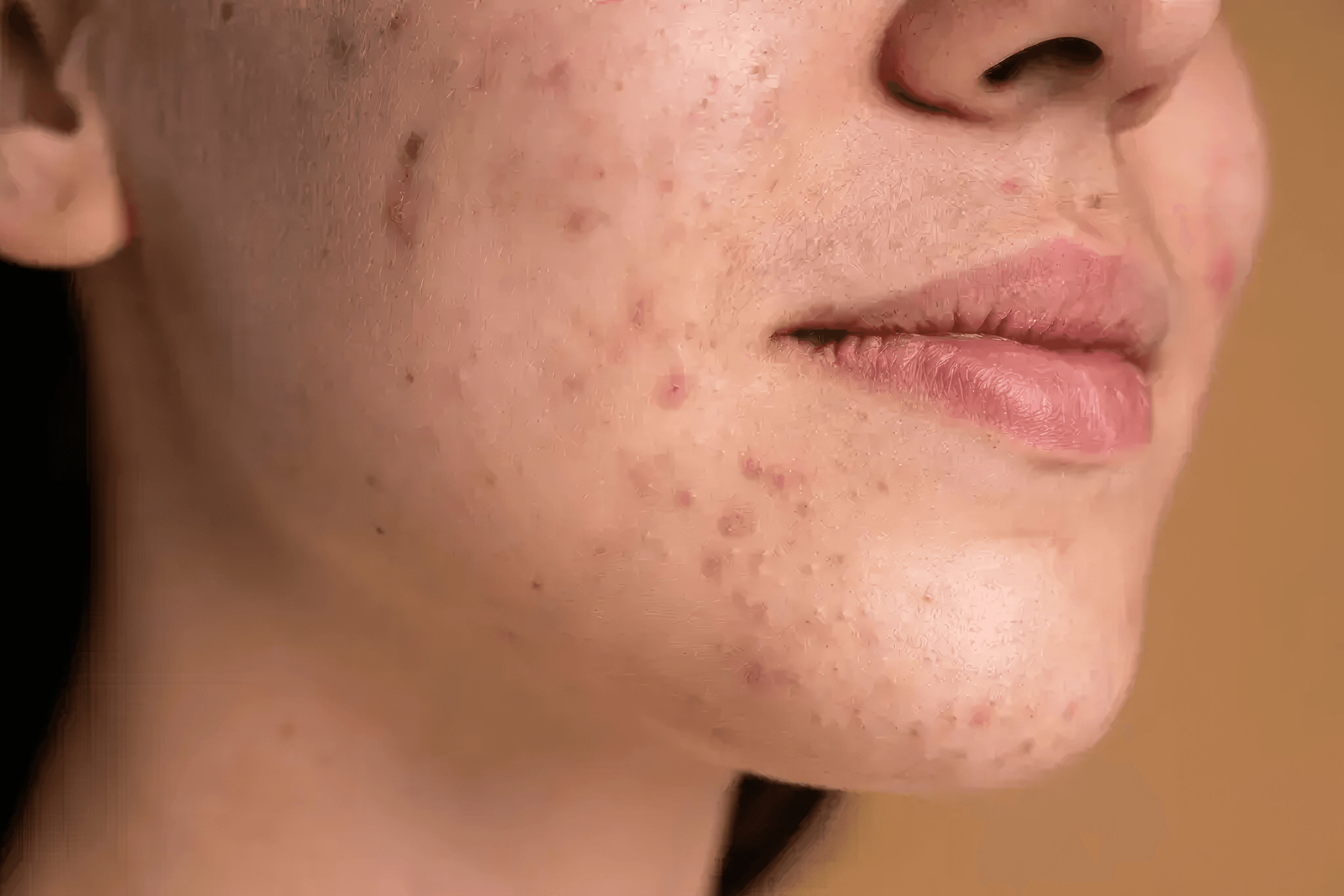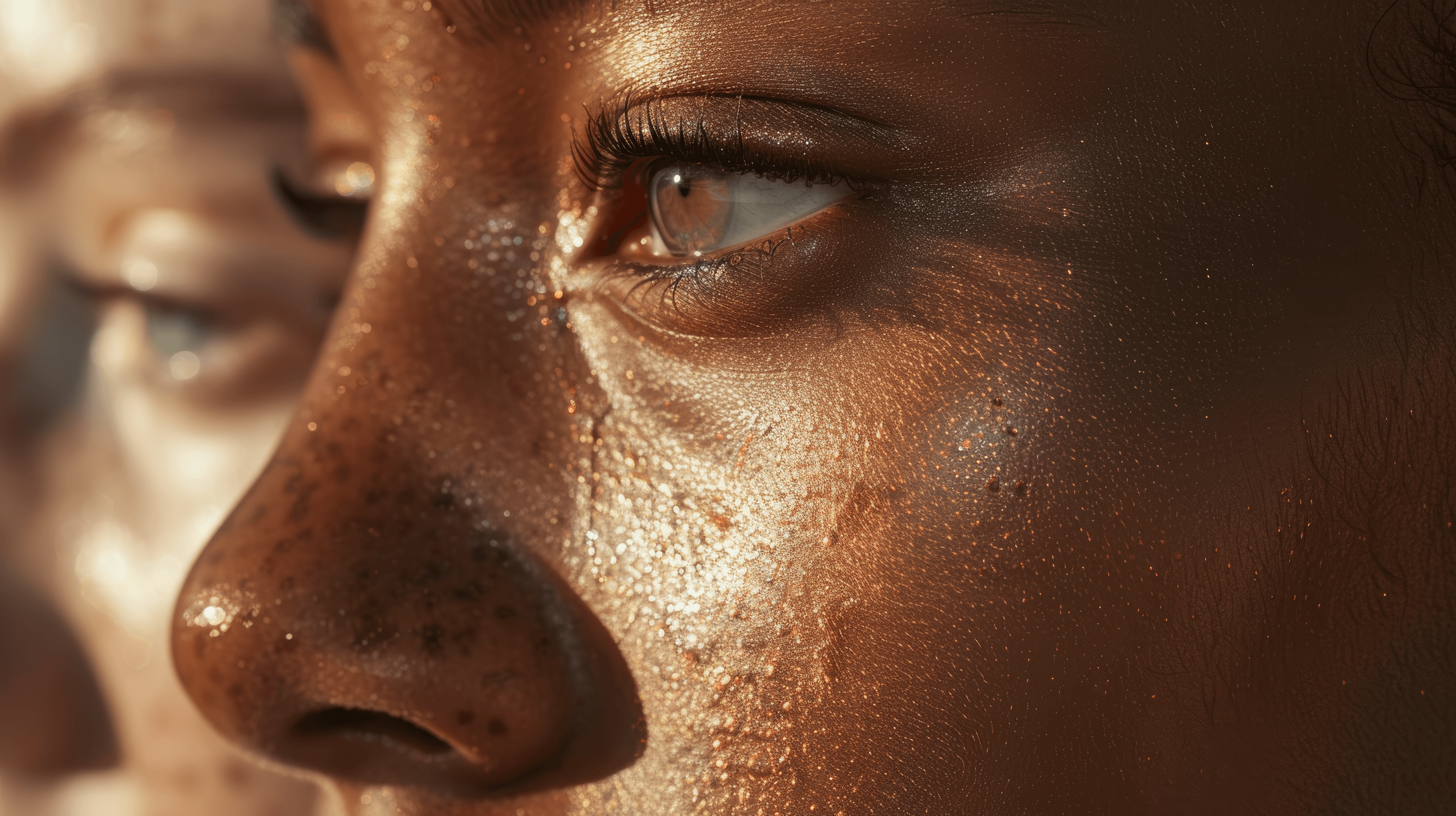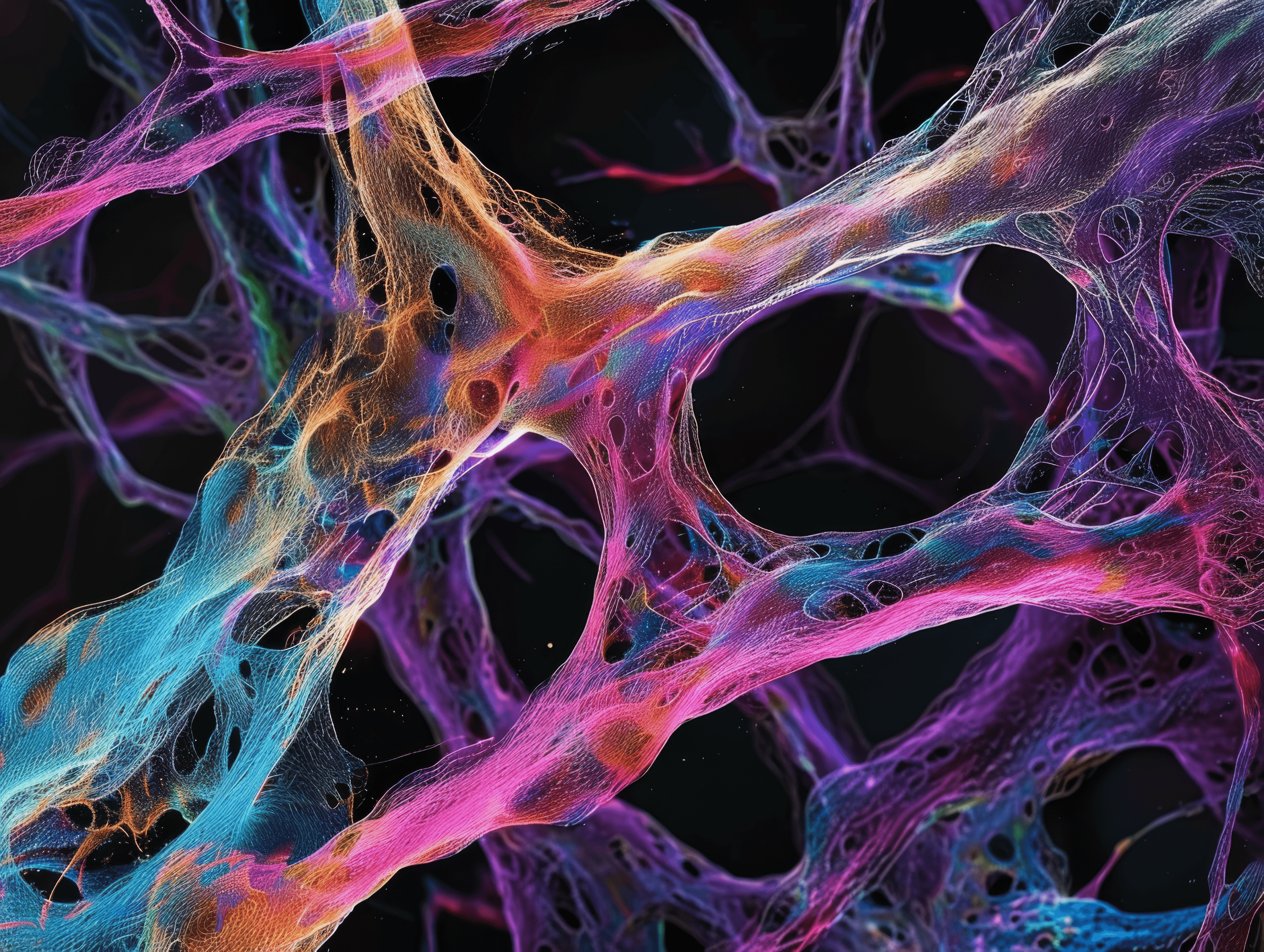How to Get Rid of PIH (Post Inflammatory Hyperpigmentation)
Troels Marstrand, Ph.D.
March 03, 2024


What is PIH?
PIH, or post-inflammatory hyperpigmentation, is the over production of melanin caused by inflammation in skin. PIH can manifest differently depending on skin layer where it occurs - the surface or deeper layers - and the root cause.
PIH can occur in all skin types, but is more frequently seen in skin of color including African Americans, Hispanics/Latinos, Asians, Native Americans, Pacific Islanders, and those of Middle Eastern descent.
What Causes PIH?
PIH is caused by inflammation, but there can be many triggers of inflammation including UV damage, viral infections, and even cosmetic treatments procedures like chemical peels, retinol, laser treatments and microneedling, but one of the most common triggers is acne.
The Two Types of PIH
Surface PIH (Epidermis)
When inflammation is triggered in the top layers of skin, (the epidermis) an inflammatory reaction causes damage to the cells, triggering a set of reactions in the cells that start the melanin production process, or melanogenesis. This process includes triggers, signals, melanin production, and melanin transportation.
Sub-surface PIH (Dermis)
When PIH is triggered deeper in the skin (the dermis), the inflammatory response happens in different cells (basal keratinocytes), which release large amounts of melanin. This ‘free pigment’ is taken up by other surrounding cells that cannot break it down further, leading to long lasting blue-gray PIH.
Strategies to Prevent PIH
To prevent PIH, it’s important to focus on stopping and controlling inflammation.
1. Daily application of broad-spectrum SPF 30 especially for darker skin tones. UV radiation can cause further darkening of hyperpigmentation.
2. Control inflammation in skin with anti-inflammatory ingredients
3. Prevent and treat breakouts properly.
4. Test your treatments and procedures including - lasers, chemical peels, retinol* on small discrete areas first.
*While it may seem counterintuitive that Retinol can cause PIH, given it is often a treatment for dark spots, retinol works by causing injury to skin to stimulate skin turnover. For some, however, this can trigger PIH.
The Best Treatments for PIH
Topical treatments are the best course of action for PIH already present in skin.
Hydroquinone (HQ) has been the gold standard for PIH, but can cause significant side effects for many people.
Tranexamic Acid, is a clinically proven alternative to hydroquinone that is equally effective without the negative side effects of HQ.
Retinol effectively fights PIH for many people, but can trigger increased PIH in some.
Other ingredients that can help with PIH include: niacinamide, licorice root extracts, azelaic acid, kojic acid, and arbutin.
Important Treatment Considerations
Combination treatments like Even Element are more efficacious than single ingredient (mono treatments)
All treatments should be combined with SPF protection and targeting the underlying inflammation.
Key Takeaways
PIH is triggered by the skin’s response to inflammation. Preventing PIH means preventing and treating inflammation and its triggers. There are several options for topical PIH treatment, including new ingredients like tranexamic acid that are proven to be equally effective without the traditional side effects.
References:
Patel, Anisha B. "Postinflammatory hyperpigmentation: review of pathogenesis, prevention, and treatment." Pigment International 1.2 (2014): 59-69.
Davis, Erica C., and Valerie D. Callender. "Postinflammatory hyperpigmentation: a review of the epidemiology, clinical features, and treatment options in skin of color." The Journal of clinical and aesthetic dermatology 3.7 (2010): 20.
Taylor, Susan, et al. "Postinflammatory hyperpigmentation." Journal of cutaneous medicine and surgery 13.4 (2009): 183-191.
Read next


